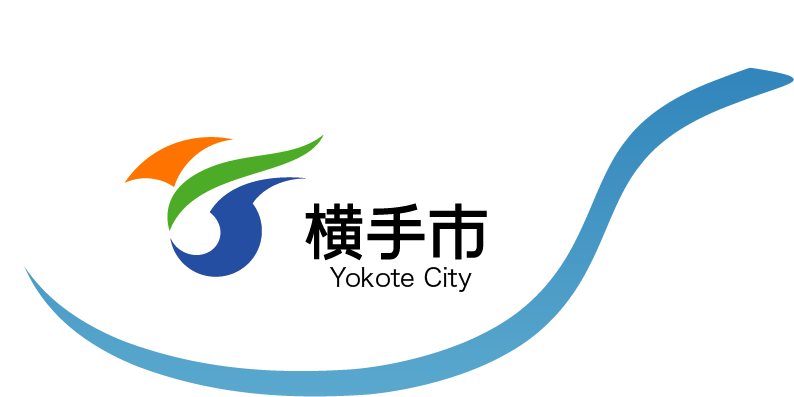Yokote’s Winter Festival
Yokote's Winter Festival
Yokote’s Winter Festival is celebrated each year on February 15, 16, and 17. The lunar
calendar was in use in Japan until 1872, and the festival commemorates the first full
moon of the first lunar month. The first two days are a celebration of kamakura, large
snow domes that are furnished with woven mats, a small brazier, and an altar to the
kami of water. Kamakura containing small shrines are built in different parts of the city,
and miniature versions cover the ground below Janosaki Bridge. On the last day of the
festival, specially decorated staves called bonden are carried 3.5 kilometers through the
city to Asahiokayama-jinja Shrine as an offering for a safe and prosperous year.
Kamakura (Snow Domes)
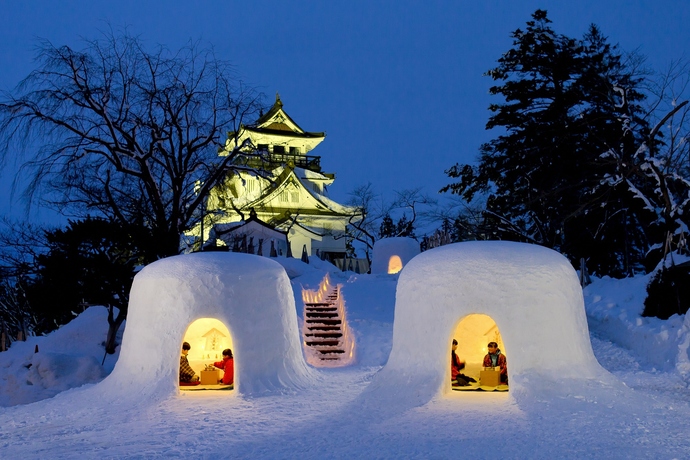
Kamakura have a history of over 400 years, and their contemporary domed shape is a
blend of two New Year’s traditions that originated among the town’s warrior class and
merchant class, respectively. In the early 1900s, kamakura were largely built by
individual households in front of their own homes for the sake of their children. Today,
the kamakura for the Winter Festival are built by professional craftsmen. Modern
kamakura are much sturdier than their predecessors; they are typically three meters tall
and can remain standing for weeks. The builders pile snow into a tall dome shape, then
leave it to freeze and solidify for two to three days. Afterward, they spend half a day
digging out the interior and forming the alcove. Around 80 full-size kamakura are built
and displayed for the festival, and the miniature kamakura that cover the riverbed below
Janosaki Bridge number in the thousands.
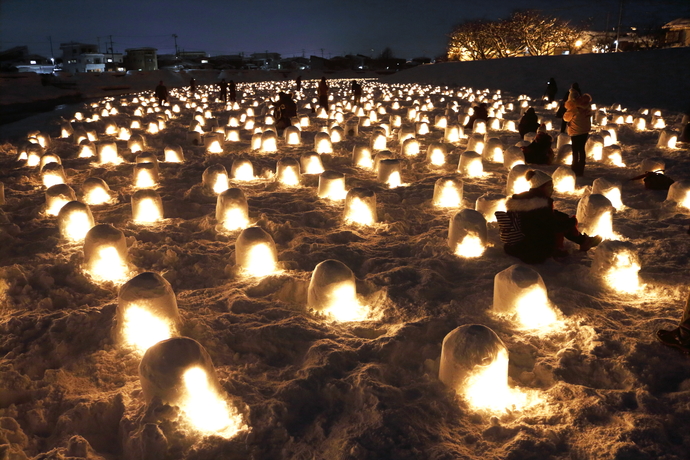
Bonden (Decorated Staves)
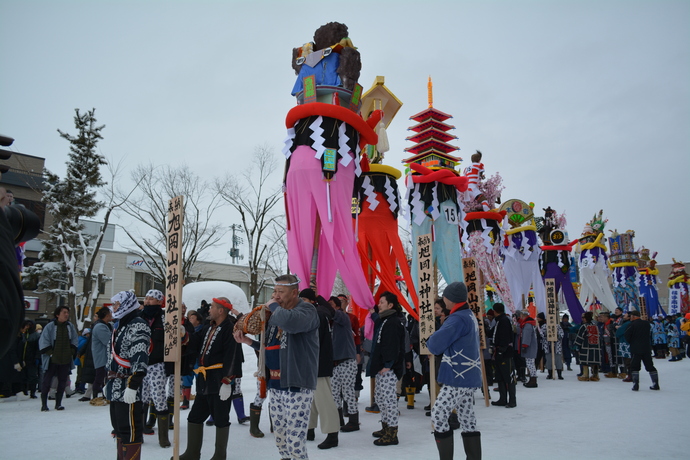
On the second and third day of the festival, decorated staves called bonden are carried
through the city and presented as an offering at Asahiokayama-jinja Shrine. Bonden are
physical objects that temporarily house the spirits of kami, but they are also fancifully
decorated representations of the groups that made them. Each bonden is constructed by
a different neighborhood of the city or by a local company. Other cities in Akita also
have bonden festivals, but Yokote’s bonden are distinguished by two things: their large
size—they can be up to 5 meters high and weigh as much as 30 kilograms—and the
ornate zodiac animals or dolls that cover the top of each staff.
On February 16, a contest to judge the bonden on the basis of their design and
craftsmanship is held near the city office. The following day, each bonden is carried to
Asahiokayama-jinja Shrine by a relay of participants who take turns bringing it up the
steep mountain roads that lead to the shrine. At the entrance to the shrine precincts, the
men carrying the bonden jostle against one another while trying to force their way
through the shrine gates, which are usually crowded with other participants. Finally, the
bonden are presented in the main hall of the shrine, where prayers for a bountiful
harvest, prosperous business, and the safety of people’s households are made on behalf
of the entire community.
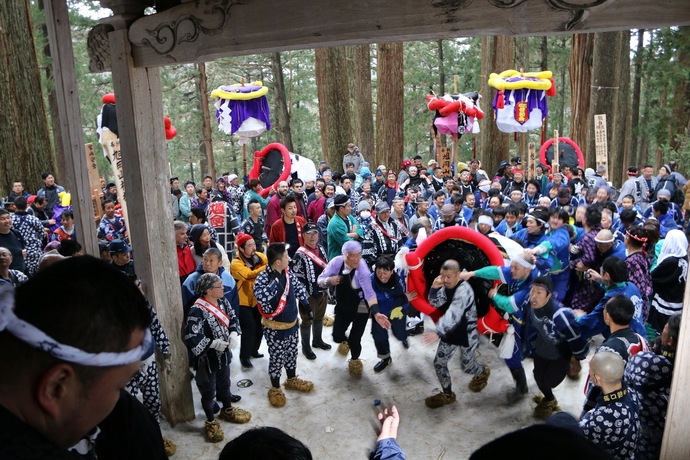
This English-language text was created by the Japan Tourism Agency.
このページに関するお問い合わせ
商工観光部観光おもてなし課観光企画係
〒013-8601 横手市中央町8番12号(かまくら館5階)
電話:0182-32-2118 ファクス:0182-36-0088
お問い合わせフォームは専用フォームをご利用ください。
